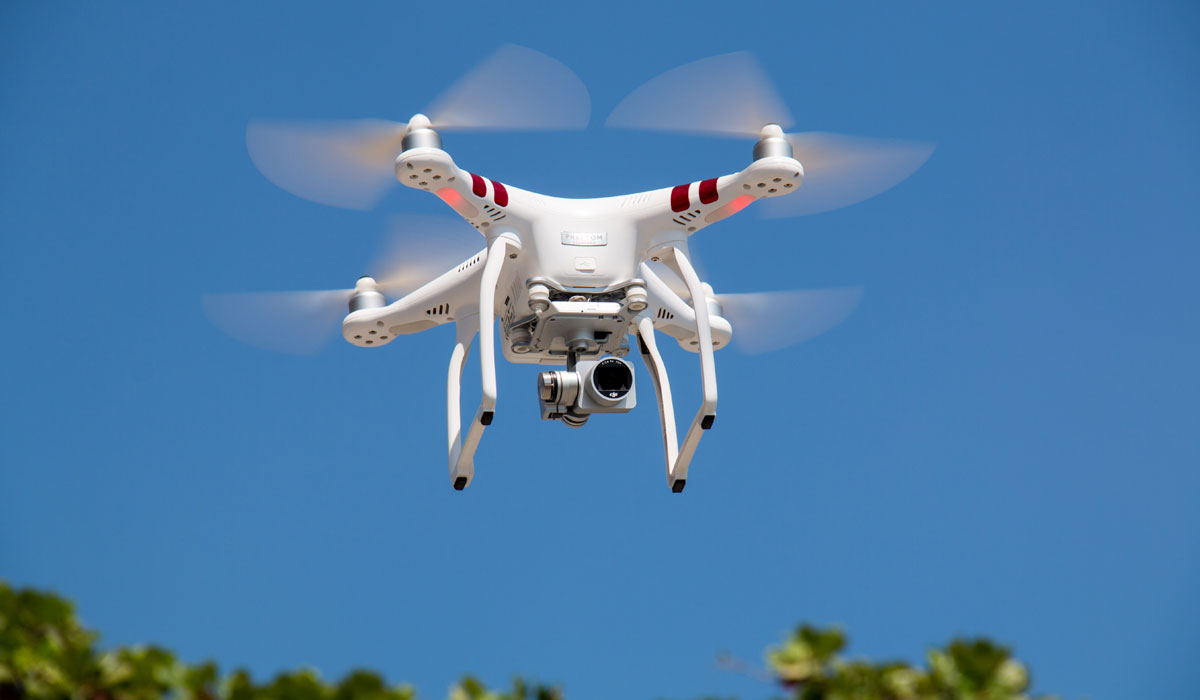In an increasingly interconnected world, technology is rapidly changing every aspect of our lives—and the hospitality industry could be no exception. What will the restaurant of the future look like? Online reservation systems, drones delivering food, and robots taking part in preparing meals will probably be on the menu.
Is the Future Already Here?
Smartphones are already ubiquitous in our daily routine and we no longer have to drop in or call a restaurant to make a reservation. While many restaurants have their own apps for securing a table, it seems that the future belongs to third parties who will provide a comprehensive service, like Resy. In 2017 alone, some 28 million people used the Resy app to book tables across 125 U.S. cities—while also taking advantage of other features like online reviews, offers, notifications on whether a table has suddenly become available on a Michelin-starred restaurant, and suggestions on nearby venues depending on budget and cuisine.
The trend of outsourcing reservations and relevant customer service is growing across the industry, especially ever since online reviews took off through providers like TripAdvisor and Yelp, and will most likely determine how we approach the process of deciding where to dine out and reserving a table in the future. The big question is: will humans still be around in the restaurant of the future? In production and prep, maybe. A California startup, Momentum Machines, has managed to develop a hamburger-making robot that can create roughly 4,000 burgers within an hour, and they have already secured $18 million in funding. Yet it seems that provision of services will remain a mostly human affair: 80 percent of consumers have stated that they prefer to deal with humans.
Food Delivery Will Take Off—Literally
Ordering food will also be different in the restaurant of the future: restaurants are already letting customers pre-order food for collection or delivery through apps, cutting back on employee costs. According to Deloitte, 40 percent of diners prefer to order online, while when they are able to do so, they spend 26 percent more within a quick-serve and visit frequency goes up by 6 percent. Yet implementing online ordering systems also demand attention to detail in other sectors, like ensuring that the system is secure. Online servers that process log-ins of customers placing orders need safeguards like a WAF or Web Application Firewall, a cybersecurity tool that prevents hackers from accessing sensitive data like banking and credit card information by filtering out malicious requests, in order to protect users.
As for the delivery system, drone tech is really taking off and seeks to consolidate itself as the leader in food and package deliveries in the future. According to a survey by Statista, 38 percent of American consumers would trust Amazon’s drones for deliveries, 23 percent would prefer the U.S. Postal Service, and a further 20 percent would rather see Google deliver their order, with Walmart in last place with 19 percent. Meanwhile, POS systems in restaurants are turning to fingerprint scanning to increase the security of their POS software.
While they may have seemed the product of a wild imagination a couple of decades ago, many of these changes are already in the works, giving us a rough idea of what dining out will look in 10 years from now.












